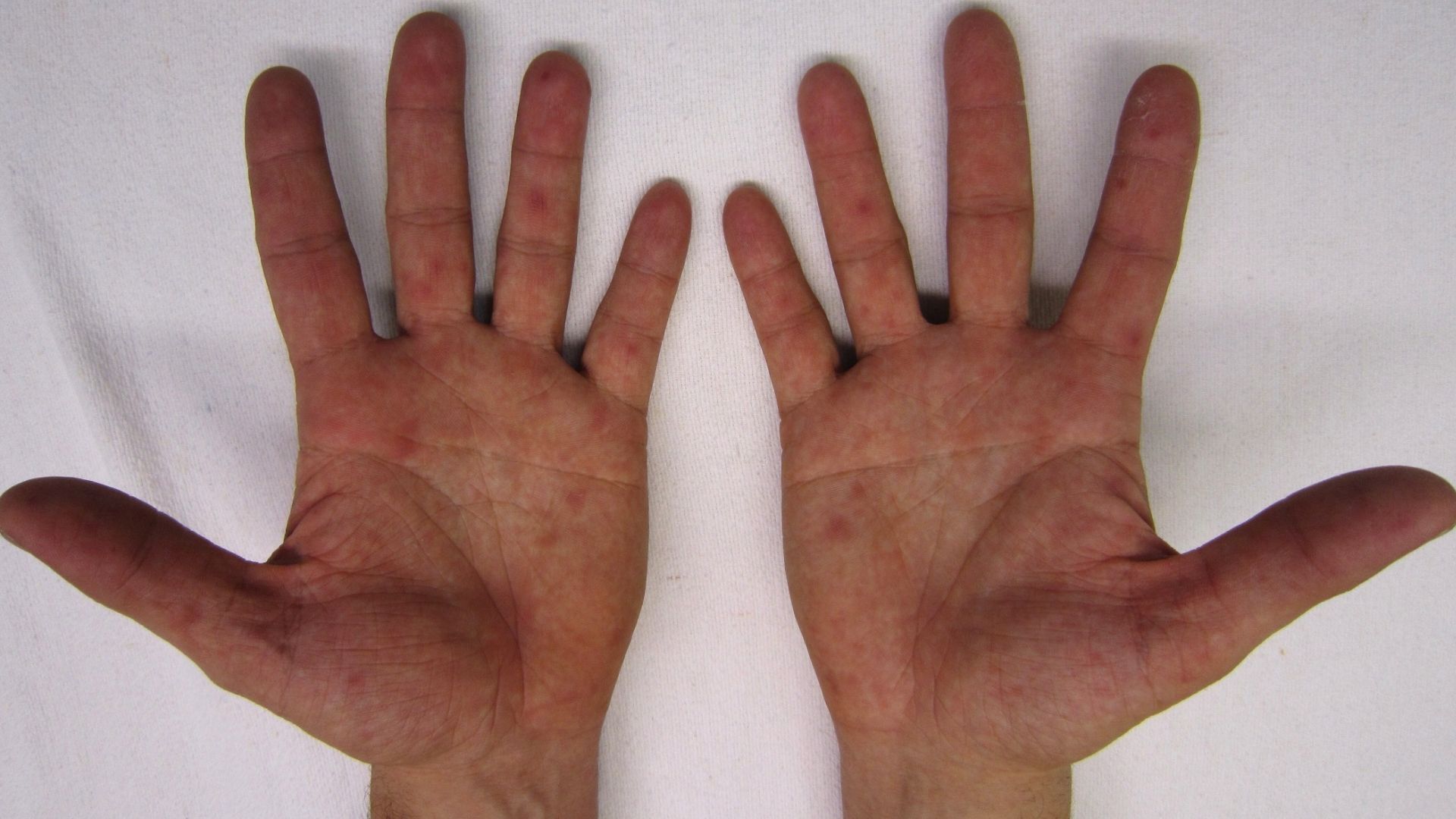KwaZulu-Natal has seen a surge in cases of hand-foot-and-mouth disease at primary schools and daycare centres, mostly around Durban. The National Department of Health says that the outbreak remains “under control” and does not constitute a “serious public health threat”.
On Monday, 17 February, the number of confirmed cases stood at 168, with 120 in the eThekwini Metropolitan Municipality, 25 in the King Cetshwayo District, 20 in the Ugu District and three in the uMkhanyakude District, according to the KZN Department of Health. The first six cases were reported between 6 and 10 February, prompting the department to send outbreak teams to the affected schools.
“We are concerned about these numbers, but in the same breath, we would like to appeal for calm… We urge parents to ensure that children have no direct contact with persons who are ill. Those who are affected by HFMD [hand-foot-and-mouth disease], with severe disease or complications, are urged to visit the nearest healthcare facility. Learners who are symptomatic of HFMD should be kept at home until they feel better,” said Ntokozo Maphisa, spokesperson for the KZN Department of Health.
What is hand-foot-and-mouth disease?
Hand-foot-and-mouth disease is a fairly common viral infection that mainly affects infants and children, according to the National Institute for Communicable Diseases (NICD). It’s caused by a group of viruses known as enteroviruses. Outbreaks tend to occur during the summer and autumn months.
Symptoms usually start three to seven days after infection and include:
- Fever;
- A sore throat;
- Fatigue;
- Loss of appetite; and
- Small blisters on the inside of the mouth, sides of the tongue, palms of the hands and soles of the feet.
“The infection is usually self-limiting and clears without medication after seven to 10 days. This means that one can recover without taking treatment or medication,” said the National Department of Health.
“Hygiene practices are some of the most effective preventative and control methods to contain the spread of the disease, hence educators and parents are encouraged to promote good hygiene habits at homes and [in the] school environment, including regular hand-washing, covering the mouth when coughing, regularly cleaning surfaces and not sharing eating utensils and stationery.”
The disease spreads from person to person by direct contact or by droplets from the mouth or nose of an infected person, according to the National Department of Health. While it is not common in adults, people with weak immune systems may be vulnerable to infection.
The department noted that hand-foot-and-mouth disease was in no way related to foot-and-mouth disease (also known as hoof-and-mouth disease), which is caused by a different virus.
The National Department of Health is working with the NICD to monitor the outbreak in KZN and provide necessary support to the province in containing the spread of the infection. DM





